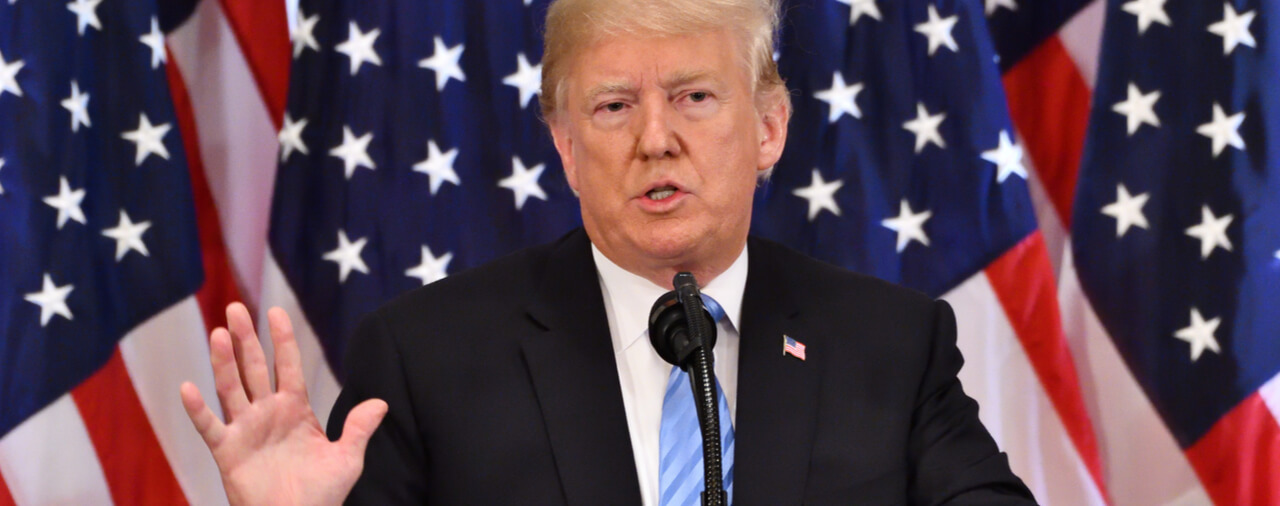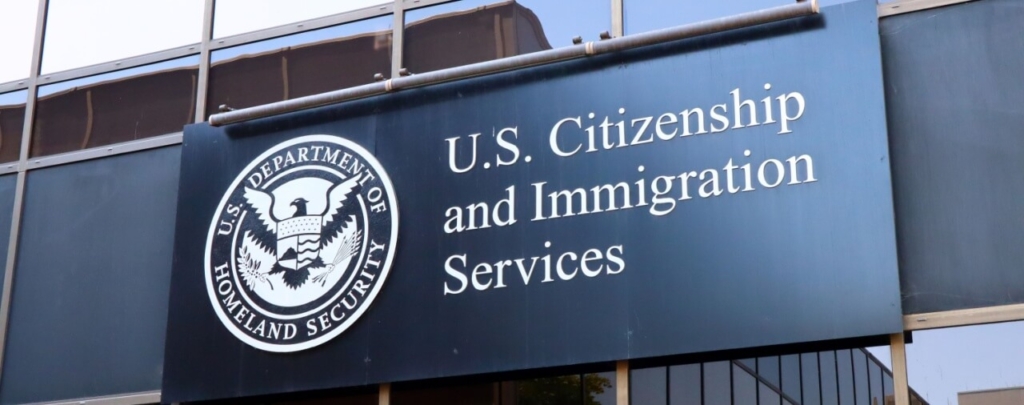Update (February 27, 2017)
The Secretary of Homeland Security, John F. Kelly, has issued two Memoranda on the implementation of the first two Executive Orders. You may read a summary of the Kelly Memoranda and see a link to all of our articles on the subject here [see article]. After parts of President Donald Trump’s Executive Order tiled “Protecting the Nation from Terrorist Attacks by Foreign Nationals” was blocked by the Ninth Circuit [see blog], the Trump Administration announced that it would reissue a narrower version of the Order. You may read analysis of the original order [see blog] and section 212(f) of the Immigration and Nationality Act [see article] to learn more.
Introduction
On January 25, 2017, President Donald Trump issued two executive orders on immigration law:
Executive Order: Enhancing Public Safety in the Interior of the United States [PDF version]; and
Executive Order: Border Security and Immigration Enforcement Improvements [PDF version].
Additionally, President Trump is expected to issue a version the following executive order in the near future:
Executive Order: Protecting the Nation from Terrorist Attacks by Foreign Nationals (draft) [PDF version].
In this article, we will provide an overview of the three executive orders. In the coming days, we will publish comprehensive articles on the provisions of each of these executive orders along with analysis of what they will mean for immigration policy going forward.
Interior Security
The first executive order, “Enhancing Public Safety in the Interior of the United States,” provides a new set of civil enforcement priorities that appear to be significantly broader than those published by the Obama Administration in 2014 (although it does not repeal the Johnson Memorandum) [see article]. The Order also instructs the Department of Homeland Security (DHS) to endeavor to dramatically increase the number of officers in the Immigration and Customs Enforcement (ICE). The order includes provisions aimed at withholding certain grants from “sanctuary cities” that refuse to cooperate with federal immigration enforcement. Finally, the order instructs the DHS and the Department of State (DOS) to implement the sanctions provided by section 243(d) of the Immigration and Nationality Act (INA) against countries that refuse to accept the return of their nationals.
Border Security
The second executive order, “Border Security and Immigration Enforcement Improvements,” focuses heavily on instructing the DHS to build a wall along the southern border. However, the President will ultimately need funding from Congress to complete this task. The order instructs DHS to increase the use of immigration detention for aliens in removal proceedings and those apprehended at the border to the extent permitted by law. Accordingly, it orders the DHS to construct new immigration detention facilities staffed with asylum officers. The order instructs the U.S. Customs and Border Protection (CBP) to hire 5,000 new Border Patrol agents.
The order instructs the DHS to engage with State Governors and local officials for the purpose of entering into agreements under section 287(g) of the INA where such State and local officials can cooperate with the DHS in enforcing the federal immigration laws. It instructs the DHS to ensure that the parole and asylum provisions of the INA are not “illegally exploited” to prevent the removal of otherwise removable aliens. It focuses specifically on the expedited removal provisions. Finally, it instructs the DHS to ensure that unaccompanied alien children are properly processed and cared for when in DHS custody.
National Security
The third executive order, as drafted would, among other things, establish new protocols for vetting nationals from designated countries of concern, suspend the issuance of visas to individuals from certain countries of concern, suspend the U.S. Refugee Admissions Program (USRAP) for 120 days, and cease all refugee processing and admittance of nationals from Syria until the President determines that adequate safeguards are in place. Upon resumption of the refugee program, the DOS and DHS are instructed to prioritize religious persecution claims made by religious minorities to the maximum extent provided by law. The draft also has the President lowering the refugee ceiling to 50,000 refugees for FY-2017. During the 120-day pause to the refugee program, the DOS and DHS may still admit individual refugees on a case-by-case basis when it is deemed to be in the national interest, or when the refugee claim is made by an individual on the basis of religious persecution provided that the individual is in a minority religion in his or her country of nationality. The President ordered the DOS to work with the Department of Defense (DOD) to produce a plan to create a safe zone around Syria for Syrian nationals fleeing violence.
The draft order calls for the “recision of exercise of authority relating to terrorism grounds of inadmissibility.” It instructs the DHS to expedite the completion of a biometric entry-exit tracking system. It orders the DOS to immediately suspend the Visa Interview Waiver Program. Finally, it orders the DOS to review all nonimmigrant visa reciprocity agreements.
Conclusion
The three executive orders mix substantive changes to immigration policy with other immigration proposals that will require Congressional funding. Each of these orders includes provisions that represent shifts from the immigration policies of the Obama Administration toward stricter enforcement of the immigration laws. Several of the provisions are broadly worded and afford discretion to the DHS and the DOS, so it remains to be seen how they will ultimately be applied. Nevertheless, it is fair to say that President Trump is moving quickly to prioritize immigration enforcement and changes to the refugee program in his first day in office.
In the coming days, we will provide detailed articles on the content of each of these Executive Orders.





